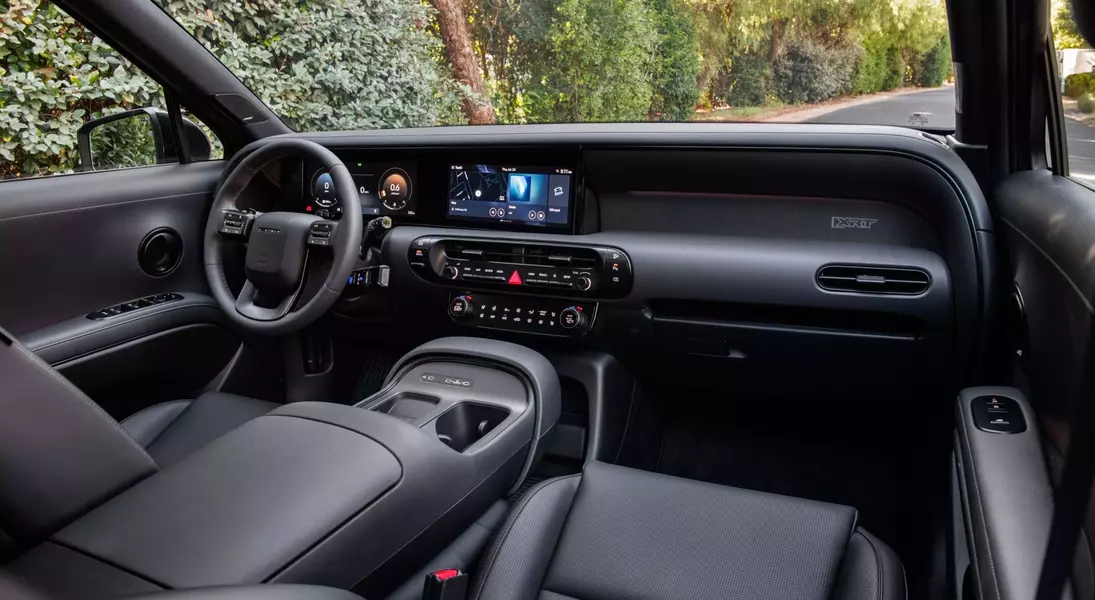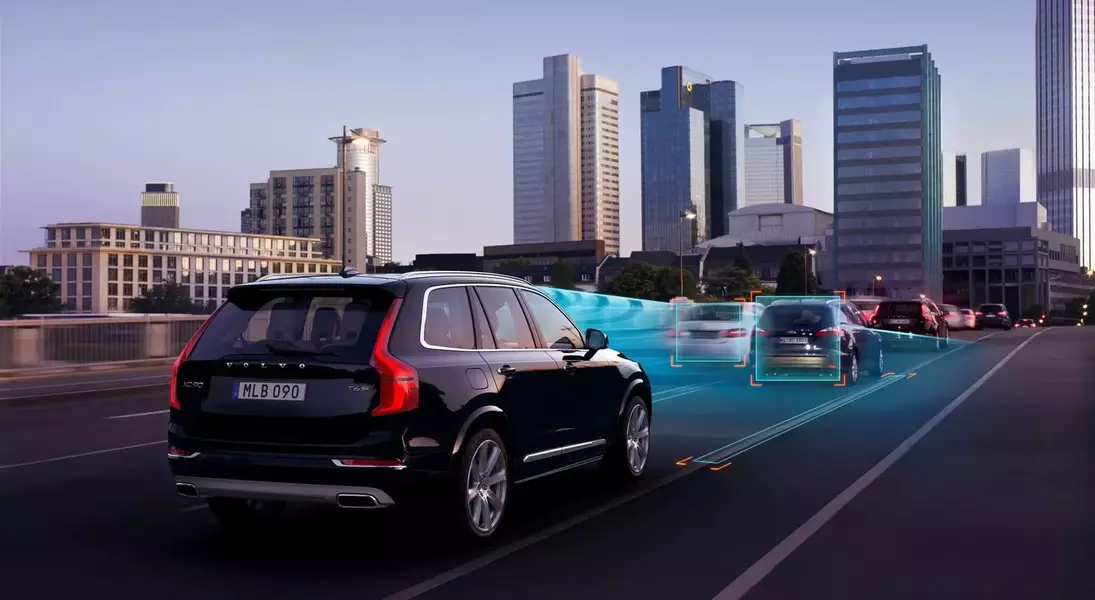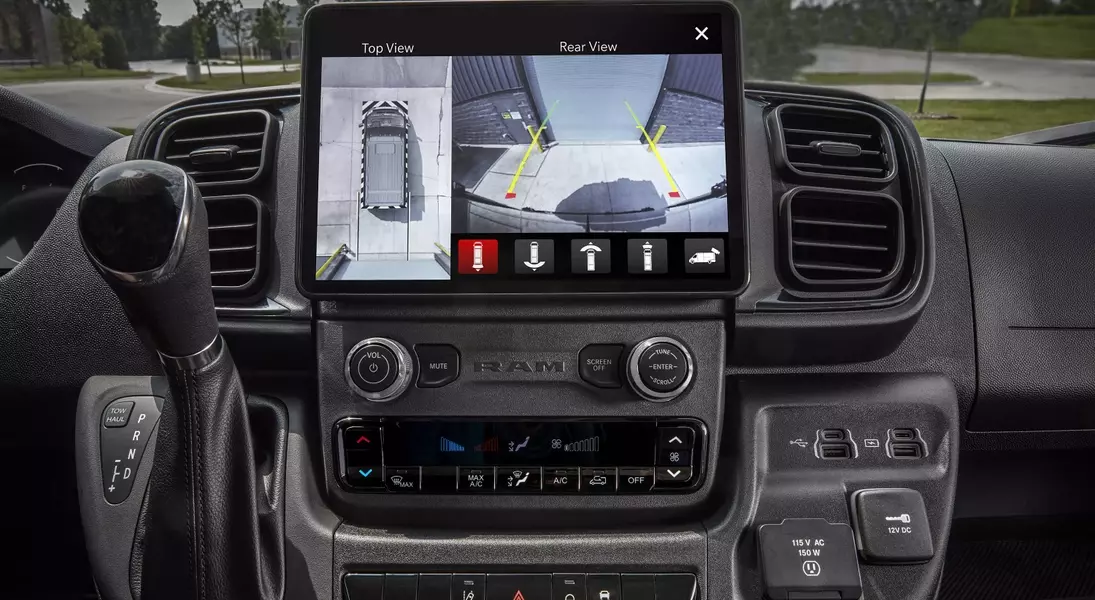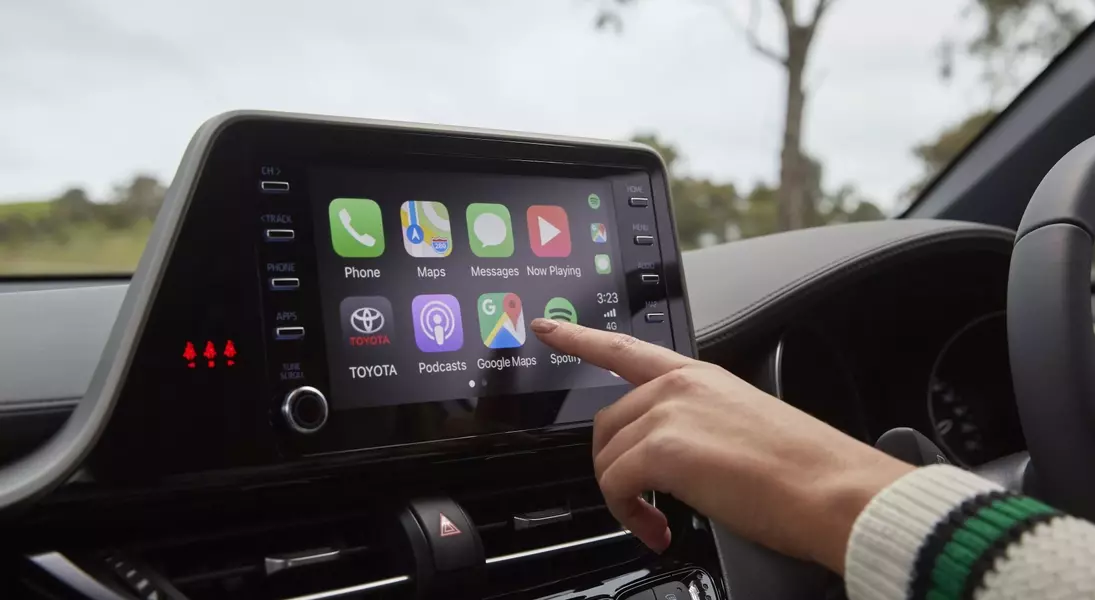








Contemporary automobiles have transcended their foundational purpose of mere transportation, evolving into sophisticated extensions of our digitally-driven existence. They now offer an impressive array of advanced functionalities that significantly enhance safety, intelligence, and overall occupant comfort. What were once considered exclusive luxuries, reserved for top-tier models, are steadily becoming standard provisions across various price points. This widespread availability of premium-grade features, without an exorbitant cost, marks a notable advantage for today's consumers. While discussions frequently revolve around aspects like engine power, aesthetic design, fuel economy, or expansive infotainment displays, it is often the subtle, everyday features that profoundly shape our driving experience. This exploration highlights six such automotive innovations that promise to transform routine commutes into truly effortless journeys, making them virtually indispensable once experienced.
Transforming the Commute: A Deep Dive into Six Game-Changing Car Features
The automotive landscape has undergone a remarkable metamorphosis, particularly evident in the widespread adoption of high-tech features that significantly improve the driving experience. On November 10, 2025, a comprehensive analysis by Amos Kwon, a contributing writer for Autoblog, shed light on six pivotal advancements that are reshaping how we interact with our vehicles, demonstrating how modern cars have become more integrated with our tech-centric lives.
First among these is Adaptive Cruise Control (ACC). This sophisticated system goes far beyond traditional cruise control by dynamically adjusting vehicle speed to maintain a safe following distance from the car ahead, leveraging radar and camera sensors. This feature profoundly reduces driver fatigue during long commutes or highway travel and operates seamlessly even in congested stop-and-go traffic. Many leading manufacturers, including Honda, Toyota, and Ford, incorporate versions that can bring the vehicle to a complete halt and resume motion autonomously. This innovation provides a level of ease and safety that makes older, non-adaptive systems feel antiquated.
Next, the 360-degree Surround View Camera system offers unparalleled assistance in navigating tight spaces. By integrating multiple wide-angle cameras, it generates a composite, bird's-eye view of the vehicle and its immediate surroundings. This virtual overview effectively eliminates blind spots, simplifying challenging maneuvers such as parallel parking in urban environments or fitting into narrow garages. Certain Lexus models even offer an augmented transparent view, further aiding precision. Once drivers become accustomed to this comprehensive visual assistance, the limitations of a standard rearview camera become strikingly apparent.
Regarding interior comfort, Heated and Ventilated Seats have evolved into a must-have. These systems deliver instant relief in diverse weather conditions: heated elements rapidly warm occupants on chilly mornings, while ventilation, often involving air circulation through perforated upholstery, prevents discomfort on hot, humid days. Some advanced Mercedes models even manage moisture before engaging cooling fans for optimal comfort. What was once an exclusive luxury, seen in models like the Hyundai Tucson and Mazda CX-5, now provides a simple yet deeply satisfying enhancement to year-round driving pleasure.
In the realm of connectivity, Wireless Apple CarPlay and Android Auto stand out. These technologies seamlessly project a smartphone's interface onto the car's display, granting intuitive access to navigation, music, messaging, and voice commands without the need for physical cables. The wireless integration eliminates clutter and offers instant connectivity upon entering the vehicle, allowing drivers to pick up where they left off with their digital world. This blend of convenience and safety ensures that drivers can remain focused on the road while staying connected, a crucial factor that makes GM's decision to forgo these systems a potential point of contention for consumers.
The subtle yet profound convenience of Keyless Entry and Push-Button Start has also become indispensable. With the key fob simply in a pocket or bag, drivers can unlock doors by touch and start the engine with a button press, eliminating the need to physically handle keys. Modern iterations often include proximity locking, automatically securing the vehicle as the driver walks away. This frictionless access mechanism streamlines daily routines, making traditional key usage seem like an anachronism.
Finally, Adaptive Headlights dramatically improve nighttime visibility and safety. These intelligent lighting systems pivot in tandem with steering input and vehicle speed, illuminating curves and corners proactively. More advanced versions utilize matrix LED or laser technology to selectively dim portions of the beam, preventing glare for oncoming drivers while maintaining maximum illumination elsewhere. Brands such as BMW, Audi, and Mazda incorporate systems that dynamically adjust beam intensity and height based on driving conditions, significantly boosting driver confidence and awareness after dark.
These six technological marvels collectively redefine the driving experience, prioritizing both comfort and safety. From alleviating the daily grind of traffic with adaptive cruise control to providing unparalleled parking assistance with surround-view cameras, and from ensuring year-round comfort with climate-controlled seats to offering seamless digital integration with wireless smartphone mirroring, these innovations streamline our interactions with our cars. Keyless entry and adaptive headlights further contribute to a sense of effortless modernity and enhanced safety. The prevalence of these once-luxury features in more accessible vehicles underscores a fundamental shift in automotive design, proving that thoughtful technological integration can profoundly elevate the journey, transforming mundane commutes into genuinely enjoyable experiences. Adopting these advancements, drivers will find themselves questioning how they ever managed without such sophisticated companions on the road.
